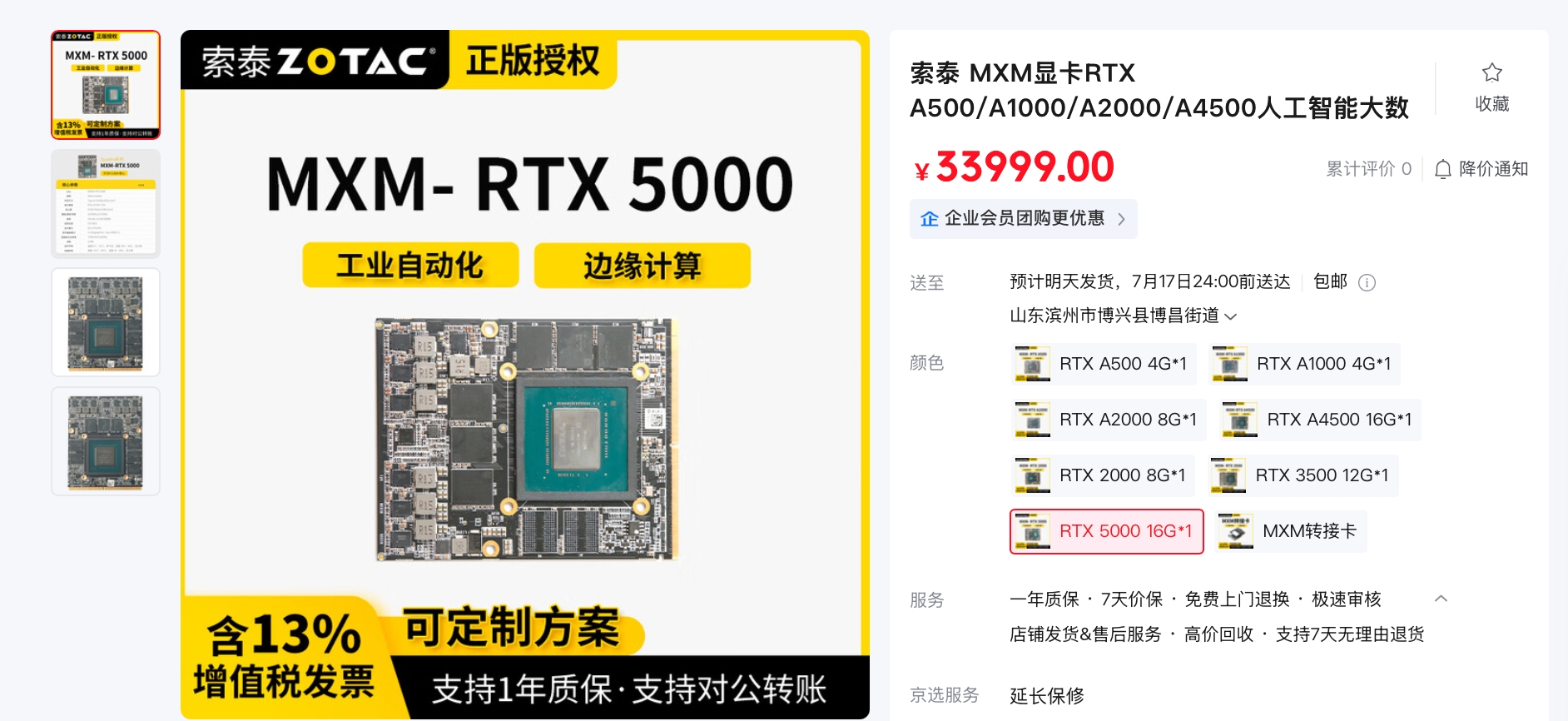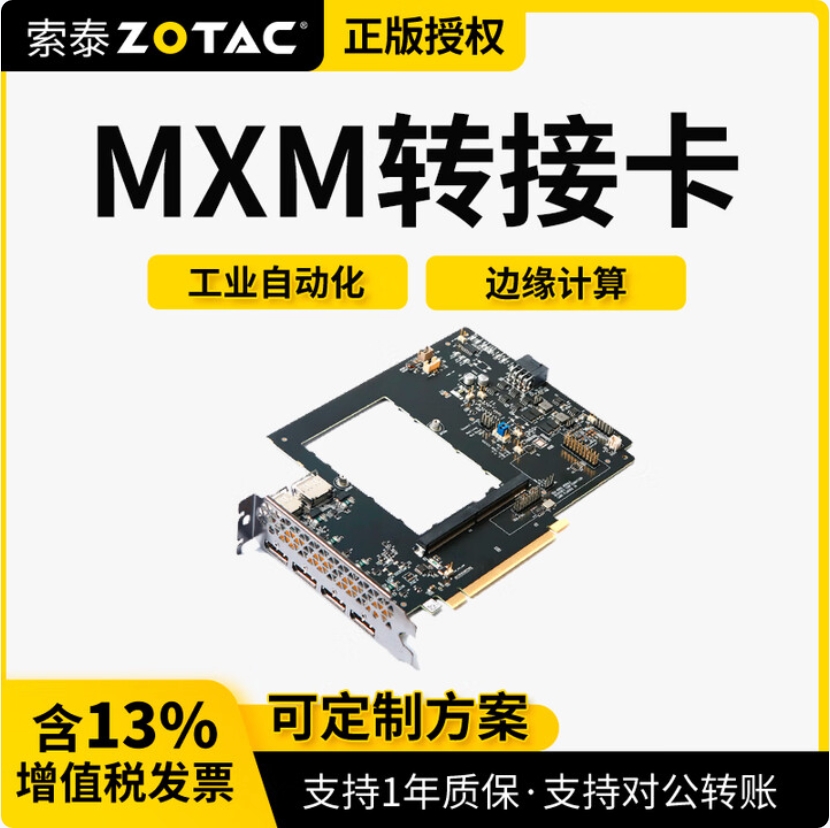Zotac breathes new life into leftover MXM RTX 5000 Ada GPUs in China at $4,700 a pop — PCIe adapter brings mobile Ada Lovelace GPU to desktops
Zotac breathes new life into leftover mobile RTX 5000 Ada GPUs

Nvidia introduced the RTX Pro 6000 (Blackwell) graphics card targeted at professionals and data centers a few months ago. Perhaps as a result, partners are beginning to sell off stockpiles of older RTX 5000 Ada GPUs, especially mobile versions. Zotac, via 孤城Hardware, seems to have leftover MXM RTX 5000 Ada silicon that it is now offloading in the Chinese market.
The MXM (Mobile PCI Express Module) form factor is predominantly utilized in laptops and mobile workstations. Consequently, the graphics cards are generally the mobile variants of their desktop counterparts, which results in diminished performance levels. The MXM RTX 5000 Ada version possesses 24% fewer CUDA cores and half the memory capacity of the desktop RTX 5000 Ada card.
Compared to the RTX 5000 Ada, which has a 250W TDP, the mobile version operates at 120W, thereby facilitating easier thermal management within a laptop. Consequently, the MXM RTX 5000 Ada derives power from an MXM 3.1 Type-B interface, which supports up to 200W.


Zotac also offers a separate MXM to PCIe x16 adapter, which sells for $181, to transform the MXM RTX 5000 Ada into a desktop graphics card. The adapter utilizes the 16-pin (12VHPWR) power connector, which is common on Nvidia's latest higher-end graphics cards, such as the GeForce RTX 5090. The adapter also provides four DisplayPort outputs for connecting displays.
Zotac's MXM RTX 5000 Ada is priced at approximately $4,743.66, which is quite high considering the RTX 5000 Ada itself is not sold for that amount. For example, in the U.S., the desktop RTX 5000 Ada is available for $4,124. By choosing the MXM RTX 5000 Ada, you're paying 15% extra for a less powerful version.
There may be interest in the MXM RTX 5000 Ada for professional or workstation users looking to upgrade their laptops that accept the MXM form factor. Additionally, the MXM to PCIe x16 adapter is a useful accessory for users who want to swap the MXM RTX 5000 Ada between their laptops and desktops. For most users, however, choosing a desktop RTX 5000 Ada from the start is the more cost-effective and higher-performance option.
In desperate times, however, a GPU is a GPU, and it's interesting to see Zotac breathe life into silicon that might otherwise sit unused.
Get Tom's Hardware's best news and in-depth reviews, straight to your inbox.
Follow Tom's Hardware on Google News to get our up-to-date news, analysis, and reviews in your feeds. Make sure to click the Follow button.

Zhiye Liu is a news editor, memory reviewer, and SSD tester at Tom’s Hardware. Although he loves everything that’s hardware, he has a soft spot for CPUs, GPUs, and RAM.